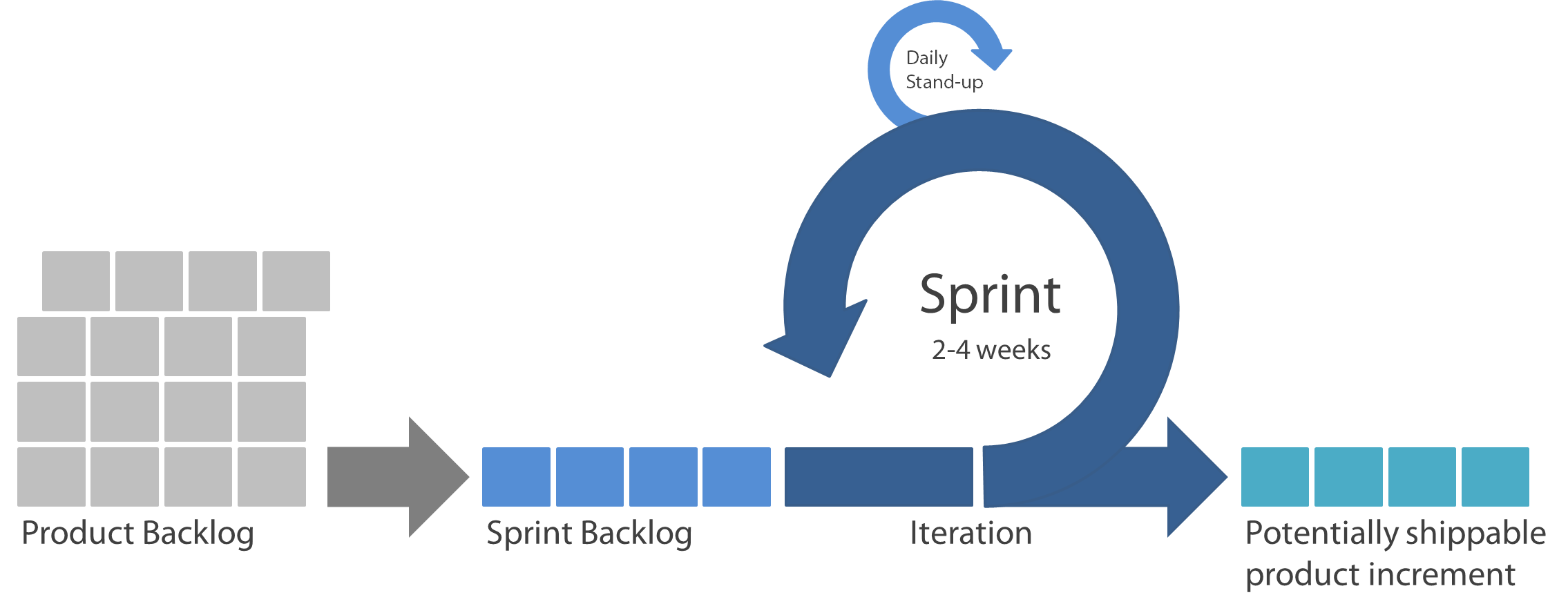Sprint planning and execution

The Sprint is the most basic iteration of the Agile process and probably the most popular Agile methodology in use.
Essentially, a Sprint is a time-boxed period – usually 2-4 weeks long – during which a specific objective must be reached.
There are three phases to follow:
Phase One - Designing
Designing the Sprint is a one-time process that can be tweaked for continuous improvement going forward but should not have to be completely repeated unless the design in use has proved unreliable.
The basic components of designing a Sprint are fairly standard, although how each component is handled, measured, and reported on will differ between organizations and teams:
- Sprint Planning Meeting – where portfolio business initiatives are estimated and the initial Sprint backlog is created.
- Task Breakdown Meeting (usually part of the Sprint Planning Meeting) – where tasks are created and estimated and the Sprint backlog is finalized.
- Daily Scrum Meeting – where progress of the Sprint is reviewed with the team on a daily basis and tasks are prioritized and assigned based on review of the Sprint burndown chart.
- Backlog Grooming – throughout the Sprint, the product owner and team review, refine, and fill gaps in the product backlog based on progress made.
- Sprint Review Meeting – where the results of a completed Sprint are analyzed in comparison to the objective(s) established at the Sprint Planning Meeting.
- Sprint Retrospective Meeting – where the processes and tools used during the Sprint are reviewed by the team with an eye on improvements during the next Sprint.
Phase Two - Estimate Sprint Velocity
Before each Sprint, the program manager and product owner must estimate the velocity of the Sprint (how much can and should be accomplished within the time box) based on team schedules and capacity.
Phase Three - Allocate Work to the Sprint
Using the established Sprint velocity estimate and other requirements provided by the product owner, the Scrum Master then works with the team directly to allocate work to each new Sprint.
Read more:
https://www.cprime.com/2014/08/the-3-essential-phases-of-planning-successful-sprints/